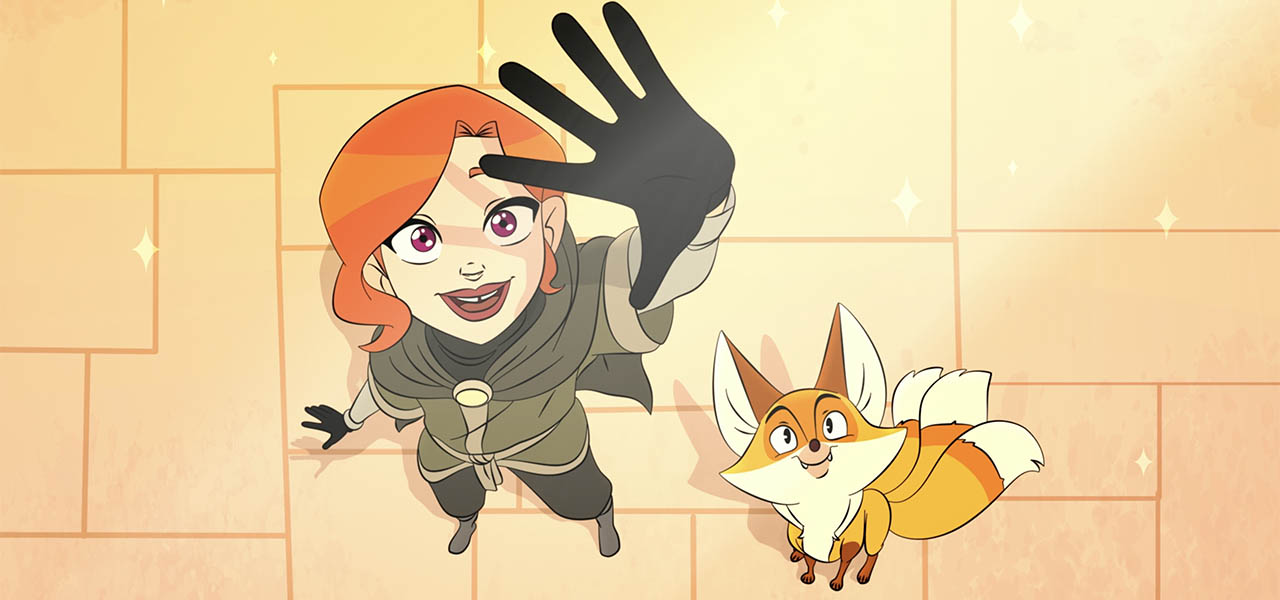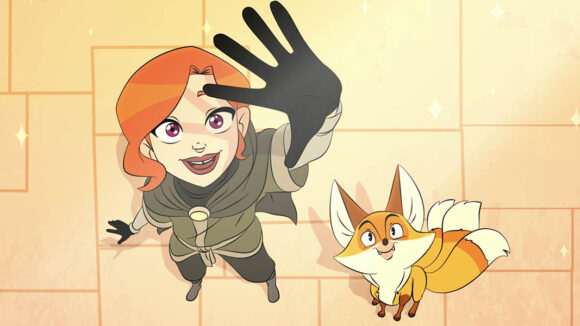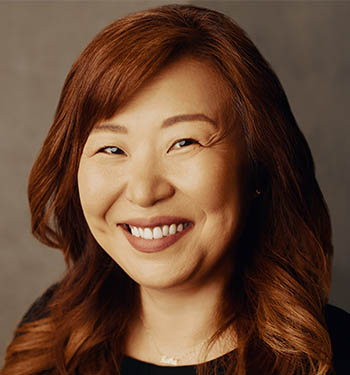

2025 Oscars Short Film Contenders: ‘Oren’s Way’ Director Keika Lee
Cartoon Brew is putting the spotlight on animated short films that have qualified for the 2025 Oscars.
Today’s film is Oren’s Way from director Keika Lee and her studio Greyscale Animation. The short earned its Oscars qualification through theatrical exhibition.
Oren’s Way is the story of Princess Oren, whose kingdom faces doom and ruin. The only way for Oren and her brother to prevent an unhappy ending is by capturing the mythical and magical golden fox, a task no knight nor hero ever achieved. Through her journey, skillfully woven into motion by Keika Lee and her team, the princess may well find the key to saving her kingdom, as well as the path to her own accomplishment.
Cartoon Brew: Oren’s Way tells the story of a female princess in search of freedom despite her assigned role in a male-driven society. How does that relate to your own experience, be it as a child or during your professional career?

Keika Lee: Being an Asian-American female in today’s society is a challenge, but that doesn’t define who I am. Growing up it was tough because in my household I was told to be nice and quiet. Not saying that my family was wrong; it just didn’t match up with the American culture of being direct and speaking up. It was tough for me to navigate this career with clashing cultures and I thought I had to change in order to succeed. But that’s not the case. People, not just women, need to realize that you don’t need to change yourself in order to change the world. You just have to be yourself.
There is strength in everyone, especially women, that you can tap into to create a better world. I’m an introvert and thought I needed to be an extrovert to make it in this industry. But I actually found out that being an introvert was a strength that I could rely on to push forward. I urge women to remind themselves that they are perfect and will succeed in whatever they choose to pursue.
What was it about this story or concept that connected with you and compelled you to direct the film?
Like any young girl, after watching Disney princess films, I wanted to be a princess. Not just any princess, but a fearless warrior who saved herself from the clutches of evil. Oren’s Way is just that. It’s about a princess who saves her kingdom from eternal despair while finding the true meaning of happiness. I wrote the story with my scriptwriter and directed the short. The character of Princess Oren came first, and then the story was created around her and from my heart. I hope that when people watch this film, they feel the love that went into making it.
What did you learn through the experience of making this film, either production-wise, filmmaking-wise, creatively, or about the subject matter?
I learned so much from making Oren’s Way! Production-wise, I realized I couldn’t produce this 17-minute short on my own and hired an amazing producer, Eun Bi Chang, to take over the production management. We also had to fundraise for the film so we ran a successful Kickstarter campaign, which is a ton of work. This was the second campaign I had ever done, and you learn a lot from just running one campaign. This time though I put a little more strategy in the campaign’s planning. For instance, I was more careful about when to run the campaign in order for it to be successful.
Filmmaking-wise, the team was a lot bigger than my last short film and I had to figure out ways to give feedback in an effective way and keep morale up. The film took three-and-a-half years to make, and that’s a long time for artists to stay on a project. Creatively, I had to push myself to improve my artistic skills and learn new skills to communicate what I wanted with each design, animation, compositing, etc. In regards to the subject matter, I was very comfortable making a strong princess story as I still think of myself as one.
Can you describe how you developed your visual approach to the film? Why did you settle on this style/technique?
Hand-drawn 2d animation is my first love. It’s nostalgic and awesome. I used a lot of reference from old medieval castles in Europe but also mixed in Asian folklore and style. For instance, the three-tailed fox in my film is based on the ancient Asian myth about the nine-tailed fox. And if you look at the characters’ collars, they are inspired by the collars of Chinese traditional “cheongsam” dresses.
My artistic inspirations were the styles of classic Disney Animation, but also Hayao Miyazaki and Don Bluth. I settled on this style/technique because it brought back great childhood memories for me and I wanted to do the same for the audience.
